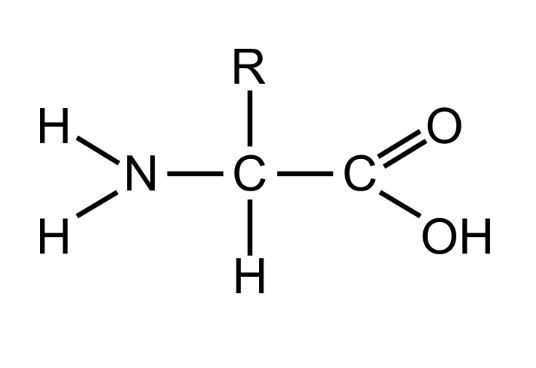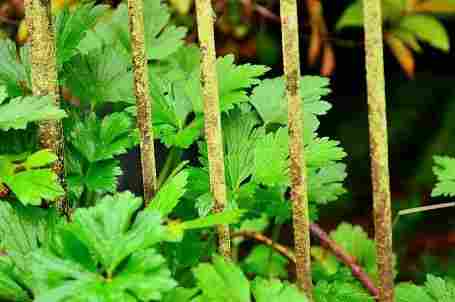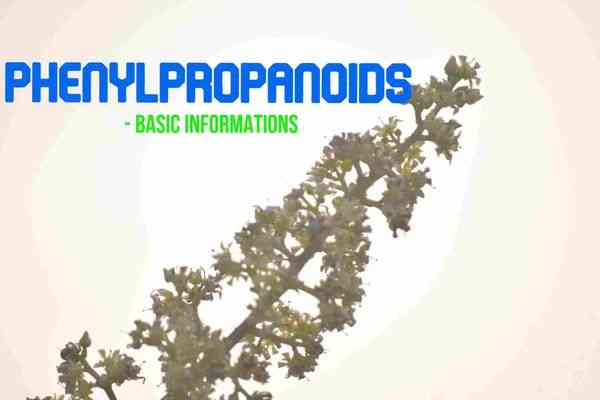Today, we have a basic discussion about Phenylpropanoid. We will be going
through :
1. What exactly are Phenylpropanoids?
2. Types of Phenylpropanoids.
3. Functions of Phenylpropanoids.
So, let’s get started!!
1. What exactly are Phenylpropanoids?

Phenylpropanoids are natural products that are derived from amino acids. They are a diverse group of thousands of different compounds. And the organic compounds with 6 carbons aromatic phenyl group. They also form with the three-carbon propene tail of caumaric acid. (Caumaric acid is a phenolic derivative of cinnamic acid (C6H5CH=CHCOOH)
They are synthesized by plants from the amino acids phenylalanine (C9H11NO2) and tyrosine or 4-hydroxy-phenylalanine (C9H11NO3). They are synthesized via the Shikimate pathway, which is a seven-step metabolic pathway for biosynthesis.
2.Types of phenylpropanoids:

i) Simple PhenylPropanoids:
- Cinnamic acid and it's derivatives
- Phenylpropanes
- Cinnamamides
- Cinnamyl alcohols
- Cinnamaldehydes
ii) Complex phenylpropanoids:
- Lignoids
- Flavalignans
- Xanthanolignane
- Glycosides based on phenylethanes.
Functions of Phenylpropanoids:

- They are thought to provide numerous diverse health- promoting effects in the human diet such as longevity, mental acuity, gut microbiome, cardiovascular disease and eye health.
- They are usually used in fragrance and aromatherapy. (Perfume is just a mixture of fragrant essential oil)
- They provide protection from UV light.
- They protect from herbivores and pathogens. Pathogen is a compound of which can cause disease condition to arise.
- They mediate plant pollinator interaction as floral pigments and scented compounds.
- They assist plants in interacting with the environment.
THANKS FOR LEARNING WITH US! Check out my author page for more Chemistry posts and please support our educational portal. :)


